While the world has changed rapidly over the past decades and centuries, some ancient wonders have withstood the test of time for thousands of years.
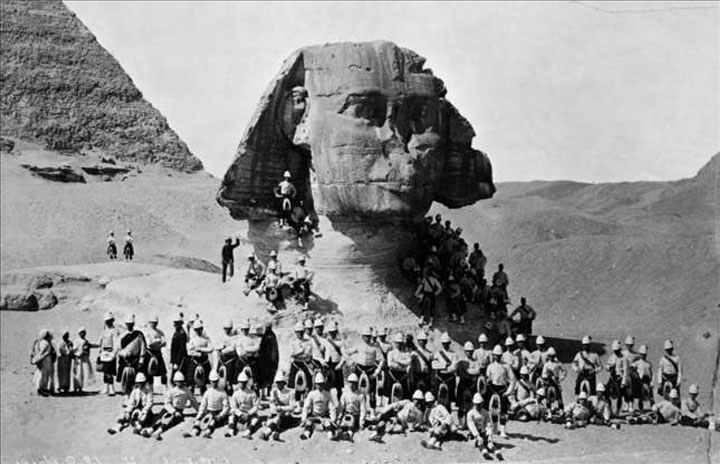
The Great Sphinx of Egypt at the Giza Plateau is a colossal statue measuring 73 meters in length and 20 meters in height, built during the reign of Pharaoh Khafre around 4,500 years ago. The image shows British troops gathered around this statue after the Battle of Tel-El-Kebir in 1882.
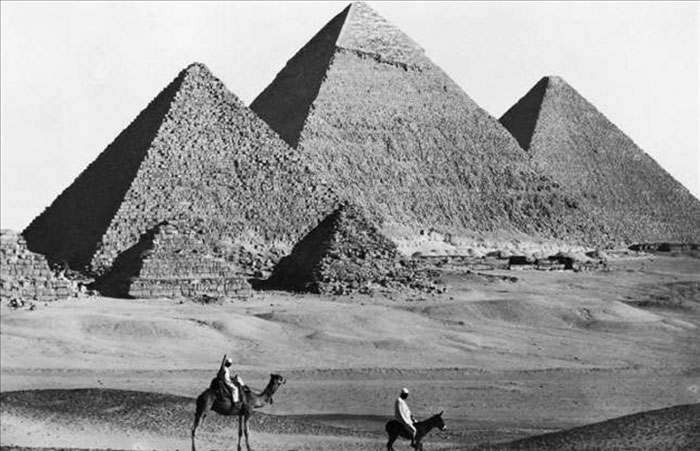
If this photo were not in black and white, you might think it was taken today. This is because the Pyramids of Giza, built around 4,500 years ago, have changed very little over the centuries.
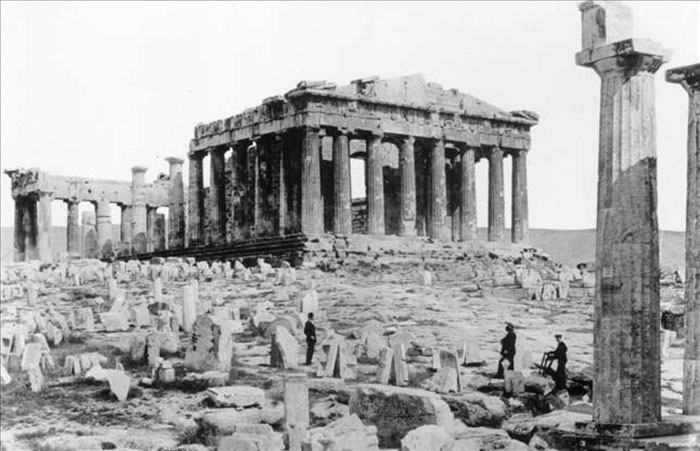
The Acropolis of Athens is the most famous ancient fortress in the world, situated on a rocky outcrop. It is also home to the remnants of several ancient buildings of great architectural and historical significance, the most famous being the Parthenon. This temple dedicated to the goddess Athena was built in the 5th century BC during the time of Pericles.
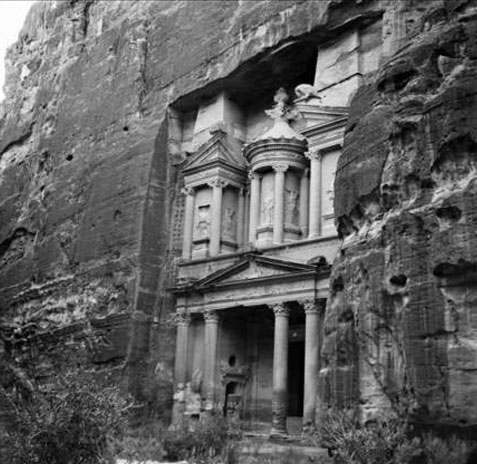
Al-Khazneh (The Treasury) is a magnificent wonder that remains in the ancient city of Petra, Jordan. This city is believed to have thrived around 400 BC, and experts believe this structure served as a royal tomb. In the 1800s, Europeans discovered the ruins, and this site gradually became a tourist attraction. The close-up photo taken around 1900 showcases the impressive columns and intricate carvings of Al-Khazneh.
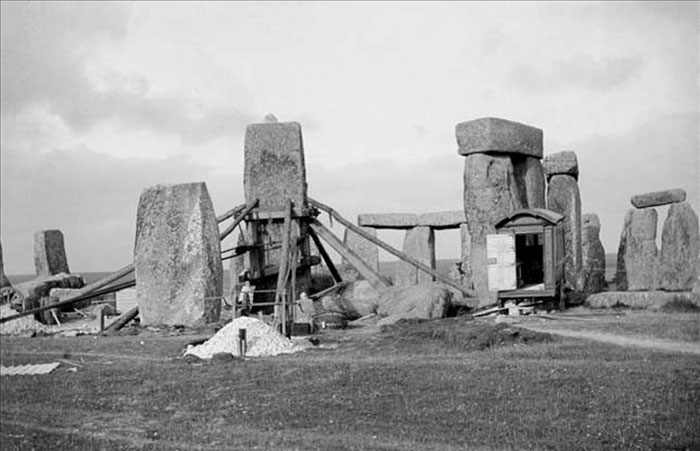
Stonehenge in Somerset, England, is believed to date back around 4,500 years, yet its purpose and function remain a mystery. These stones are carefully arranged according to the movement of the sun, suggesting they could have served as a type of Stone Age calendar, a worship site, or a burial ground. Over the past century, this site has been restored and studied further.
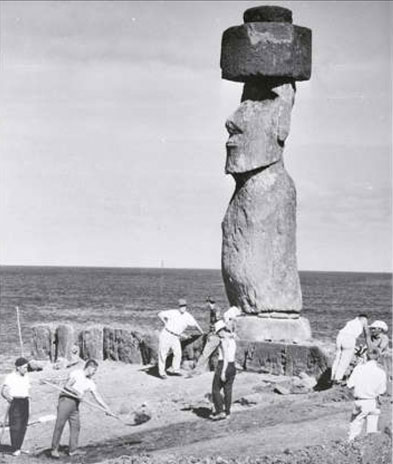
The Moai statues scattered across Easter Island in Chile have existed for centuries. The tallest statue can reach up to 9 meters, and it remains unclear how these statues were constructed. Modern archaeologists are investigating the reasons behind the creation of these statues. Some recent studies suggest that the locations of the statues are linked to fresh water sources.
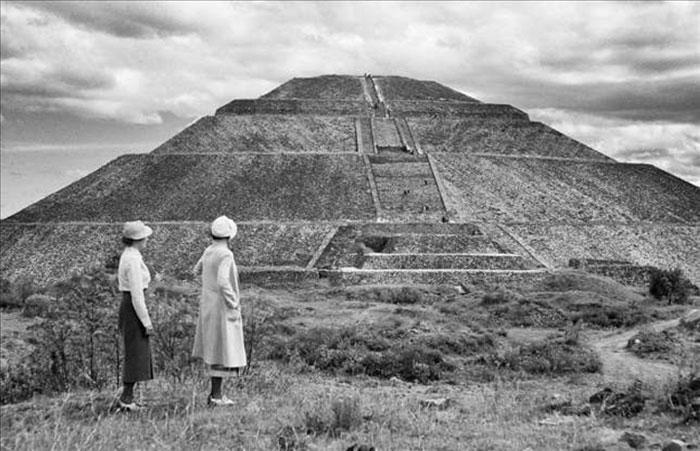
Located about 48 kilometers northeast of Mexico City is the ancient city of Teotihuacán, which features a series of historical monuments. Among them is the Pyramid of the Sun, a structure that rises to 66 meters and is believed to date back to around 100 AD.
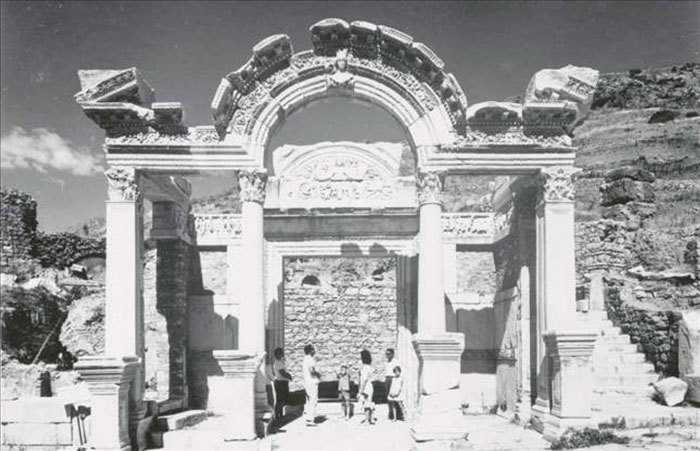
One of the most famous ancient sites in Turkey is Ephesus. This city, which had a population of around 250,000, is home to many historical monuments, including the Temple of Hadrian, which dates back to the 2nd century AD. To this day, many diverse ruins in this millennia-old city remain unexcavated.
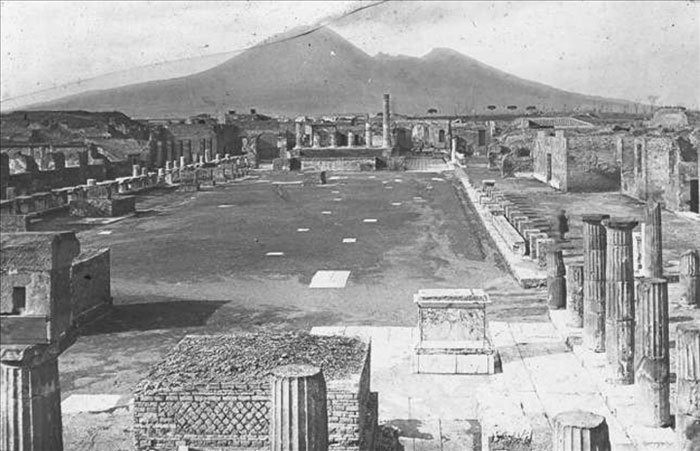
As one of the most famous destroyed cities in the world, Pompeii was engulfed by lava and ash when Mount Vesuvius erupted in 79 AD. Before this tragedy, the city was a thriving center of trade and culture. When the ruins of Pompeii were discovered in the 16th century, they were remarkably well-preserved due to the ash that sealed them for millennia.
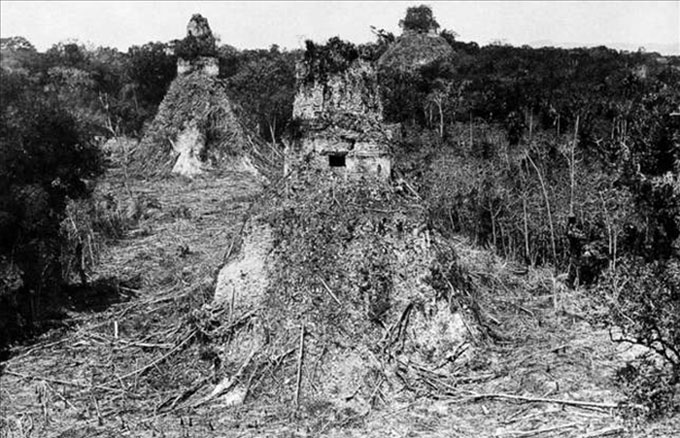
Tikal, located in northern Guatemala, was once an ancient city of the Maya civilization. It thrived around 300 BC and became densely populated with large plazas and pyramids. The above photo was taken by British explorer Alfred Maudslay, who mapped and excavated the site during the 1880s.


















































